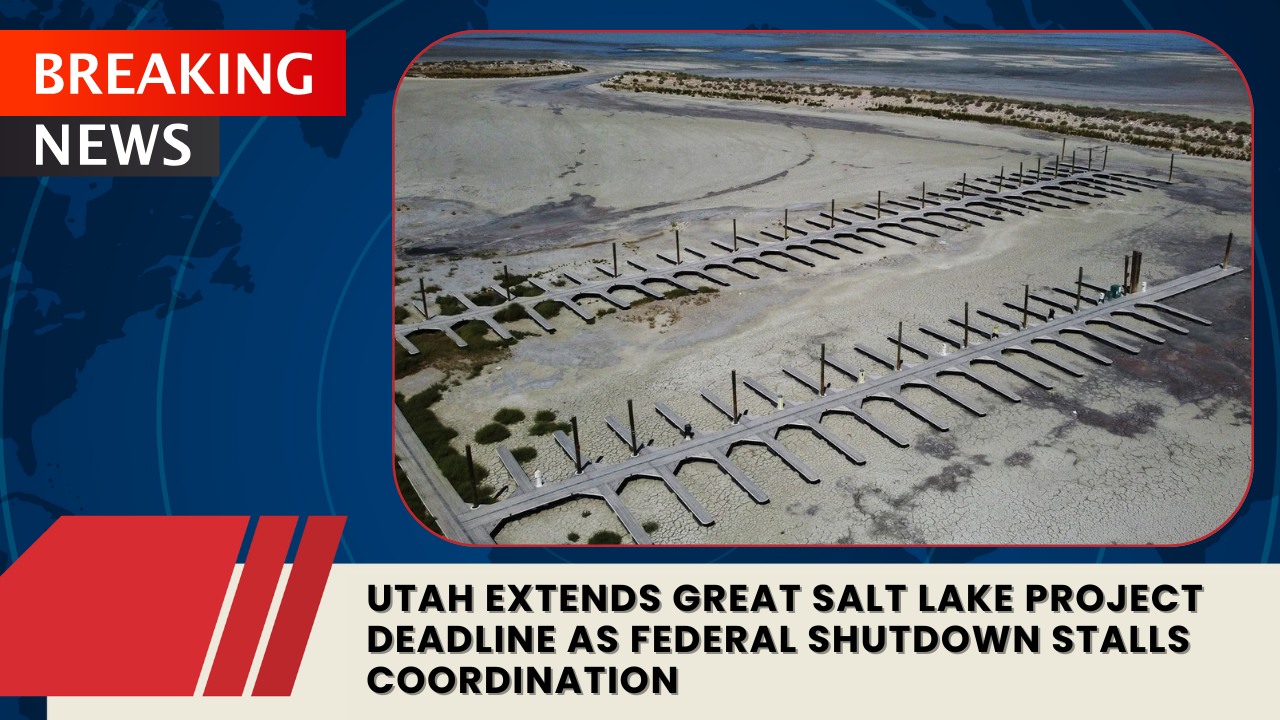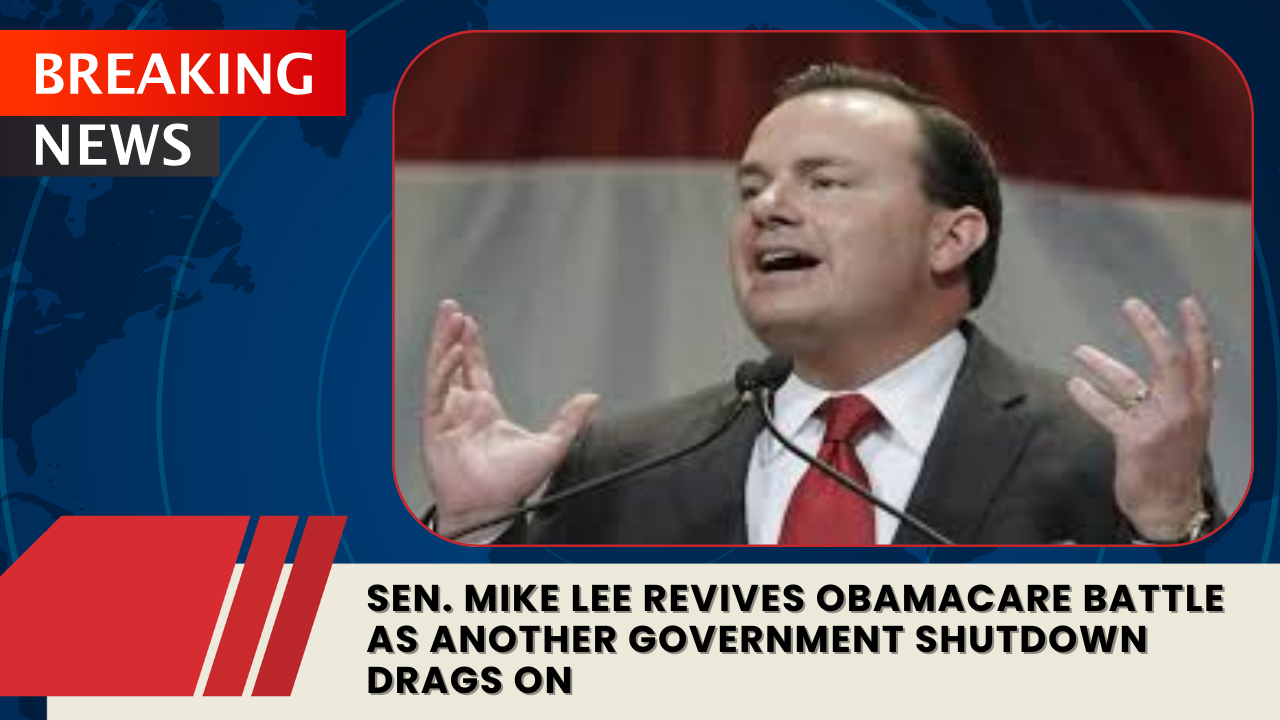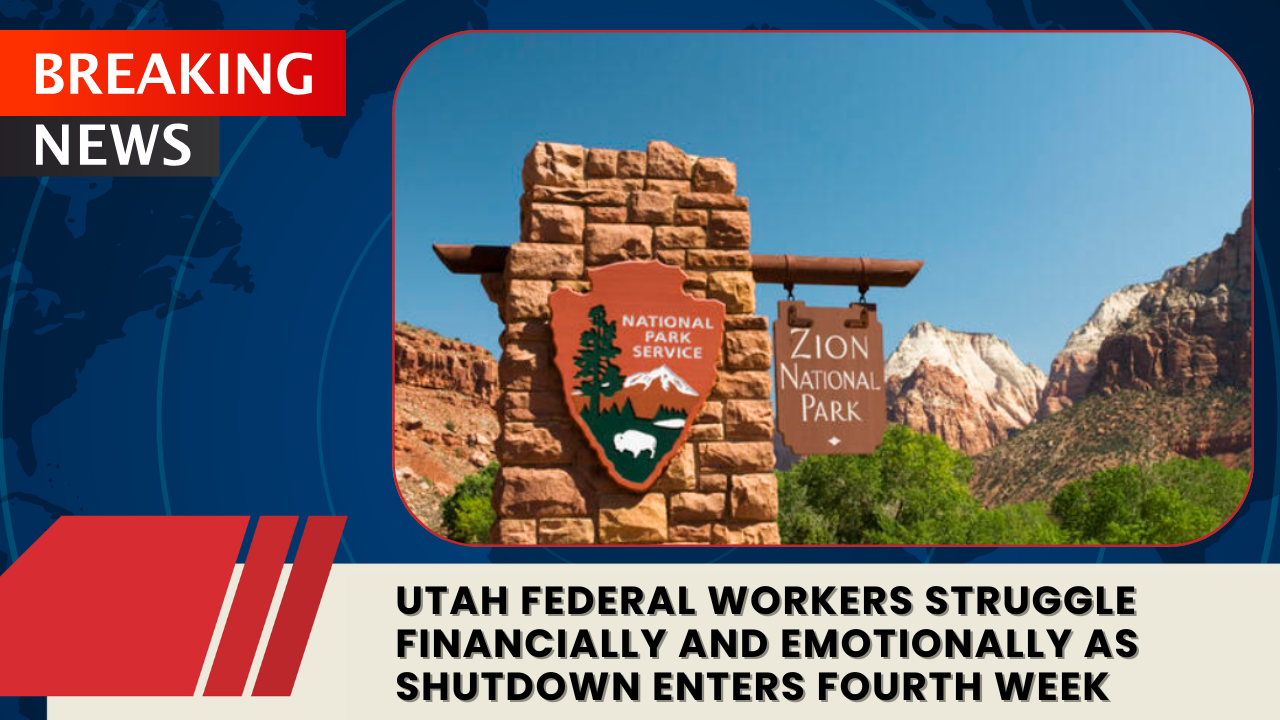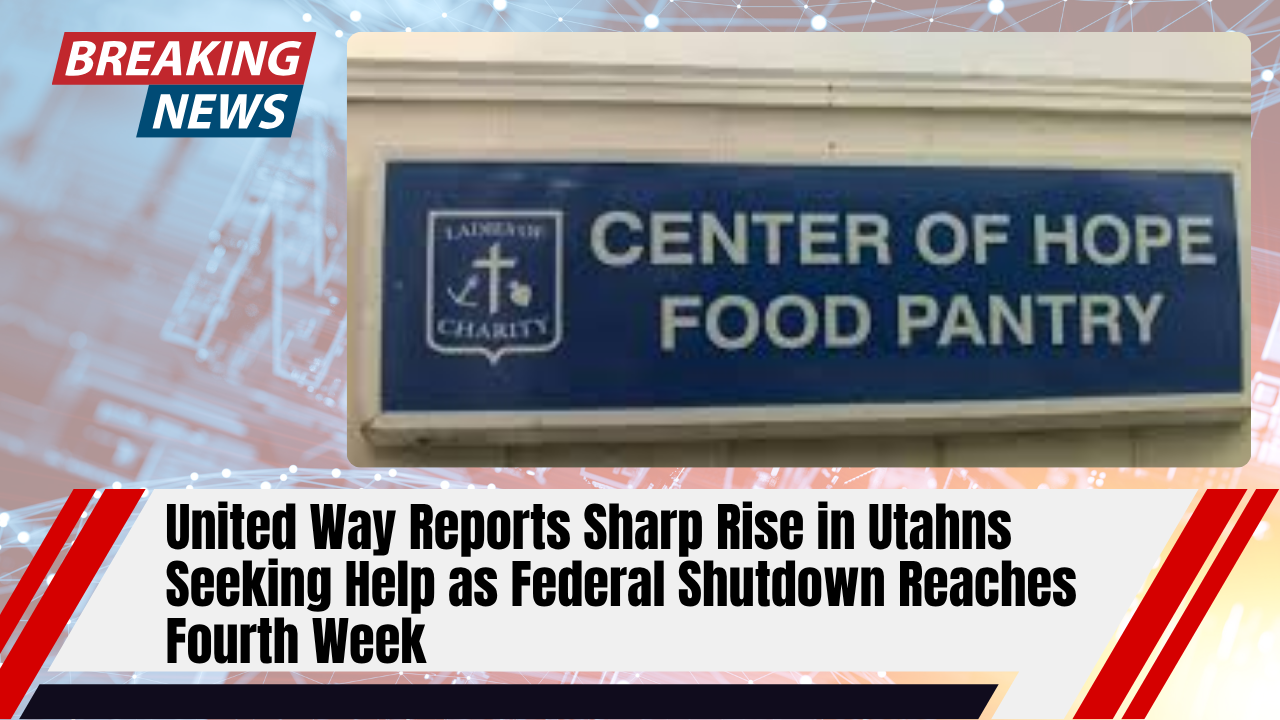The ongoing federal government shutdown has forced Utah officials to extend the deadline for submitting proposals for Great Salt Lake water restoration projects, delaying millions in much-needed funding aimed at saving the shrinking lake.
The Great Salt Lake Commissioner’s Office announced Tuesday that the submission deadline — originally set for this week — has been moved to January 16, 2026. The delay is meant to give applicants more time to coordinate with the U.S. Bureau of Reclamation, which oversees the bulk of the funding.
“The shutdown prevents the coordination between the commissioner’s office and the Bureau of Reclamation necessary for the administration of the program,” said Brian Steed, Utah’s Great Salt Lake commissioner. “The timeline for this round of funding has been shifted to ensure applicants and agencies have the time they need.”
$53 Million in Grants Delayed
The grants, totaling $53 million, are part of a state and federal initiative to fund projects that:
- Deliver more water to the lake and wetlands.
- Pay water rights holders to reduce consumption.
- Restore degraded ecosystems and habitats.
- Support innovative conservation and watershed management efforts.
Roughly $50 million of the funding comes from the Bureau of Reclamation, while the remaining $3 million is managed by the Utah Division of Forestry, Fire, and State Lands and the Great Salt Lake Watershed Enhancement Trust.
The trust’s executive director, Marcelle Shoop, said when the program launched that it marked “an unprecedented opportunity to enhance Great Salt Lake’s habitats, reduce water consumption, and restore ecological balance.”
Funding Delays Add to Growing Pressure
This isn’t the first time Great Salt Lake projects have faced bureaucratic setbacks. The Bureau of Reclamation’s $50 million grant was frozen for over a month earlier this year while the incoming Trump administration reviewed federal spending programs. It was finally released in March after approval.
Now, the October 1 shutdown — one of the longest in recent history — has once again slowed progress. Although federal economists predicted an end to the impasse last week, a failed funding vote in the Senate has extended the stalemate into its fourth week.
A Lake in Crisis
Meanwhile, the Great Salt Lake’s water levels continue to drop. In July, both the northern and southern arms fell below 4,192 feet in elevation, entering what state scientists classify as a “serious adverse effects” range. Even after recent storms, the lake remains seven feet below its minimum healthy level.
State leaders have also announced a new public-private effort supported by $200 million in pledged donations, aimed at long-term restoration, habitat enhancement, and water delivery projects.
Despite the progress, experts warn that without timely federal coordination, critical restoration work could be delayed well into 2026 — potentially worsening ecological damage and economic impacts linked to dust storms, habitat loss, and reduced snowpack.



